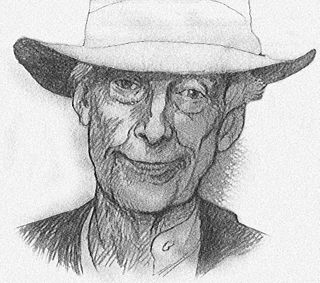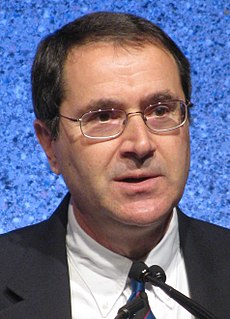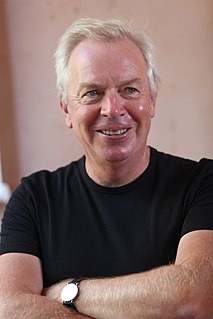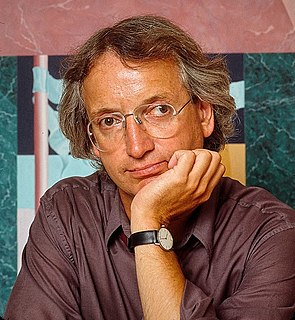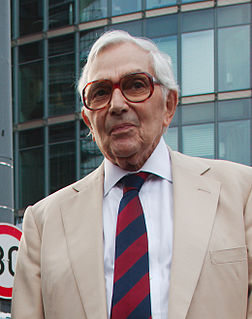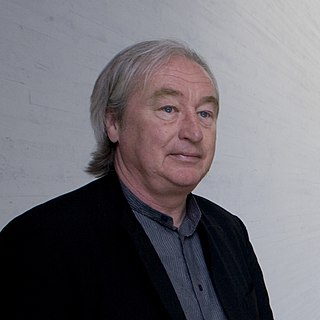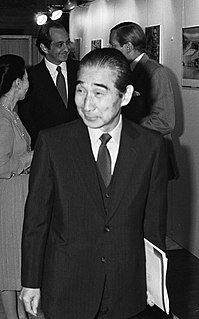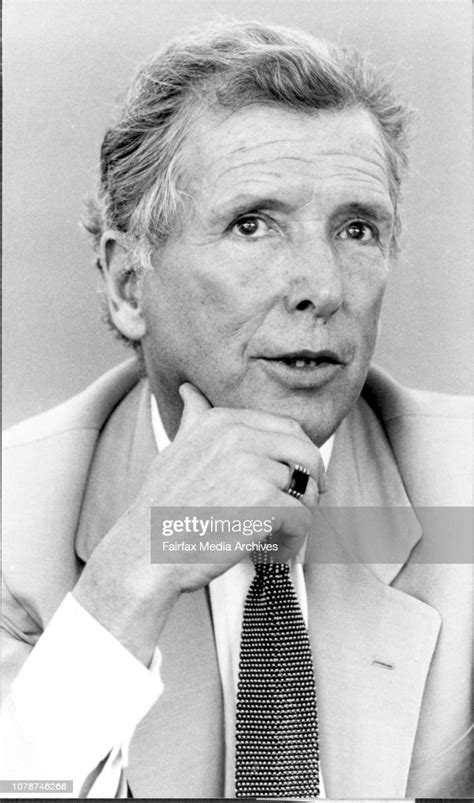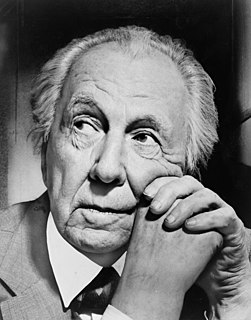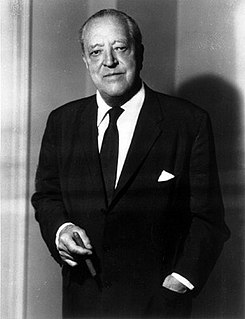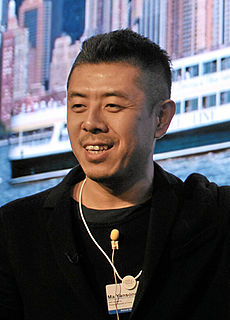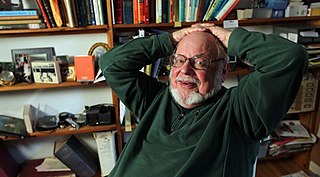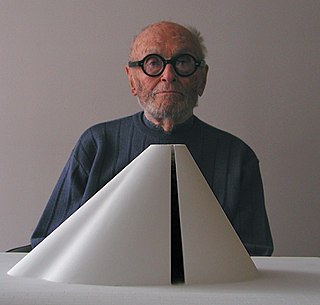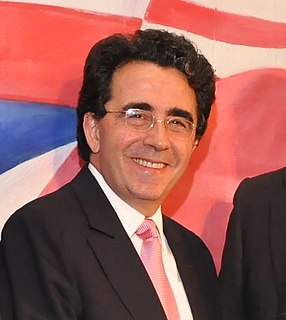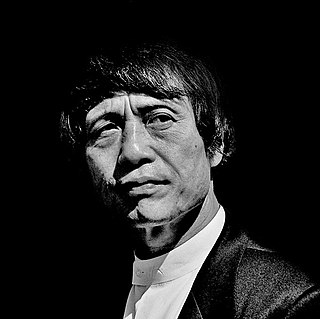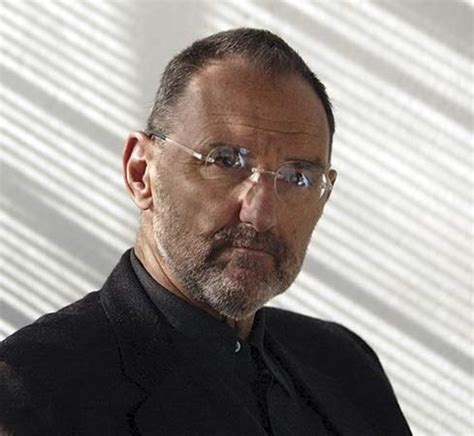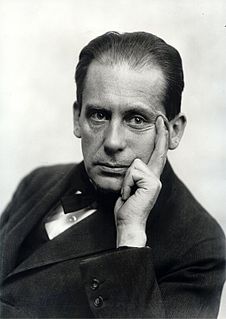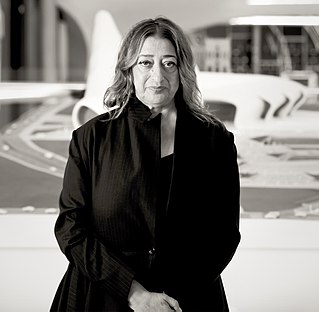A Quote by Richard Meier
We are all affected by Le Corbusier, Frank Lloyd Wright, Alvar Aalto, and Mies van der Rohe. But no less than Bramante, Borromini, and Bernini. Architecture is a tradition, a long continuum. Whether we break with tradition or enhance it, we are still connected to that past. We evolve.
Related Quotes
A visionary company is like a great work of art. Think of Michelangelo's scenes from Genesis on the ceiling of the Sistine Chapel or his statue of David. Think of a great and enduring novel like Huckleberry Finn or Crime and Punishment. Think of Beethoven's Ninth Symphony or Shakespeare's Henry V. Think of a beautifully designed building, like the masterpieces of Frank Lloyd Wright or Ludwig Mies van der Rohe. You can't point to any one single item that makes the whole thing work; it's the entire work-all the pieces working together to create an overall effect-that leads to enduring greatness.
Titian and Rembrandt, Monet and Rodin, Frank Lloyd Wright and Le Corbusier, Mark Twain and Henry James, Robert Frost and Elizabeth Bishop, to name a few. Twain wrote 'Tom Sawyer' at 41 and bettered it with 'Huckleberry Finn' at 50; Wright completed Fallingwater at 72 and worked on the Guggenheim Museum until his death at 91.
My dad, he's definitely one of greatest writers of his generation. There is no question about it. When you are that good, when work is that good, you have to appreciate every aspect of it. It's the architecture of it, it's like looking at a Frank Lloyd Wright building or a Lautner building, it's master craftsmanship. Every aspect of it intertwines in a perfectly harmonious way. That's what architecture is at its best and the architecture of my father's music is on that level.
There are hundreds of Frank Lloyd Wright buildings around the United States and in other countries, too. Wright lived into his 90s, and one of his most famous buildings, the Guggenheim Museum in New York, was completed just before his death. Wright buildings look like Wright buildings - that is their paradox.

